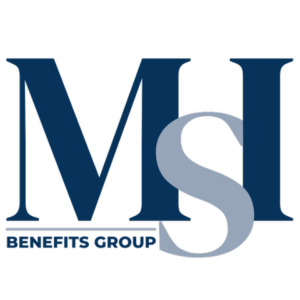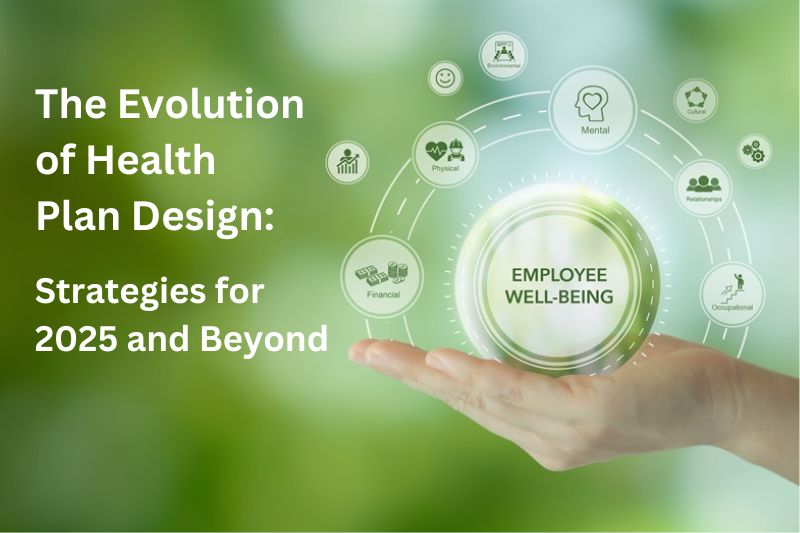The health benefits landscape is evolving at an unprecedented pace, driven by regulatory shifts, technological advancements, and changing workforce expectations. For employers and benefits consultants, staying ahead of these changes is critical to managing costs, improving employee satisfaction, and maintaining a competitive edge. As we approach 2025, innovative strategies are reshaping the way health plans are designed and delivered.
The Current Environment
Healthcare costs continue to rise, with employers grappling with how to balance affordability with quality. Meanwhile, employees are demanding more personalized, transparent, and holistic benefits. The pandemic accelerated the adoption of telemedicine, digital health tools, and mental health resources, making these staples of any competitive benefits package. However, traditional plan structures often fail to address the diverse needs of a modern workforce, necessitating a shift toward flexibility and customization.
Key Strategies for 2025 and Beyond
Personalized Plan Design
Data-Driven Insights: Employers are leveraging data analytics to tailor health plans to the unique needs of their workforce. By analyzing claims data, health risk assessments, and employee preferences, organizations can offer more targeted solutions. Predictive analytics further enable early identification of at-risk employees, allowing for preemptive interventions.
Flexible Tiers: Offering tiered benefits plans allows employees to choose the coverage that aligns with their life stage, health status, and budget. For example, younger employees may prioritize mental health support and wellness programs, while older employees may prefer comprehensive
Emphasis on Preventive Care
Wellness Programs: Comprehensive wellness programs that address physical, mental, and financial health are becoming integral. Initiatives like biometric screenings, fitness incentives, and stress management resources help reduce long-term healthcare costs. Companies are also embracing gamification to boost employee engagement in wellness initiatives.
Early Intervention: Enhanced access to preventive care services, such as routine screenings, vaccinations, and health coaching, can mitigate the risk of chronic conditions. Employers are increasingly partnering with clinics to offer on-site or near-site preventive services, making it easier for employees to prioritize their health.
Behavioral Health Integration: Preventive care is no longer limited to physical health. Addressing mental and behavioral health through proactive counseling and stress reduction programs is critical for a holistic approach.
Integrating Digital Health Solutions
Telemedicine Expansion: Virtual care options continue to gain traction, offering employees convenient access to primary care, specialists, and mental health services. Post-pandemic, telemedicine is evolving to include virtual physical therapy, chronic disease management, and remote diagnostics.
Wearable Technology: Devices that monitor activity, sleep, and vital signs are becoming valuable tools for employee engagement and health monitoring. Employers are exploring partnerships with wearable tech providers to integrate these tools into wellness programs and incentivize healthy behaviors.
AI-Driven Health Coaching: Artificial intelligence is enabling personalized health coaching through apps that provide real-time feedback, tailored health recommendations, and reminders for preventive care.
Cost Transparency and Consumerism
Price Transparency Tools: Empowering employees with tools to compare costs and quality across providers encourages smarter healthcare decisions. Some employers are integrating these tools directly into their health benefits platforms to simplify the user experience.
Health Savings Accounts (HSAs): HSAs paired with high-deductible health plans give employees greater control over their healthcare spending while promoting tax-advantaged savings. Employers are enhancing education around HSAs to ensure employees understand their full potential.
Incentivized Consumer Behavior: Some organizations are offering financial incentives for employees who choose lower-cost, high-quality providers or participate in cost-saving programs like second-opinion services.
The Role of Benefits Consultants
As health plan design becomes more complex, the role of benefits consultants like MSI Benefits Group is more critical than ever. Consultants can help employers navigate regulatory compliance, negotiate with providers, and implement innovative solutions tailored to organizational goals. By staying abreast of industry trends and leveraging their expertise, benefits consultants ensure employers are well-positioned to meet the challenges of 2025 and beyond.
Additionally, benefits consultants can facilitate:
- Vendor Management: Evaluating and selecting vendors for telemedicine, wellness programs, and digital health tools.
- Regulatory Guidance: Staying compliant with evolving regulations such as the Affordable Care Act (ACA) and state-specific mandates.
- Cost Containment Strategies: Implementing value-based care models and exploring self-funded health plans to manage costs effectively.
Looking Ahead
The future of health plan design is dynamic, driven by technological innovation and evolving workforce needs. Employers who embrace change and adopt forward-thinking strategies will not only manage costs effectively but also foster a healthier, more engaged workforce. Collaborative efforts between employers, employees, and benefits consultants will be essential to achieving these goals.
Ready to take your health plan to the next level? Contact MSI Benefits Group today to learn how we can help you design a strategy that meets your organization’s needs for 2025 and beyond.

